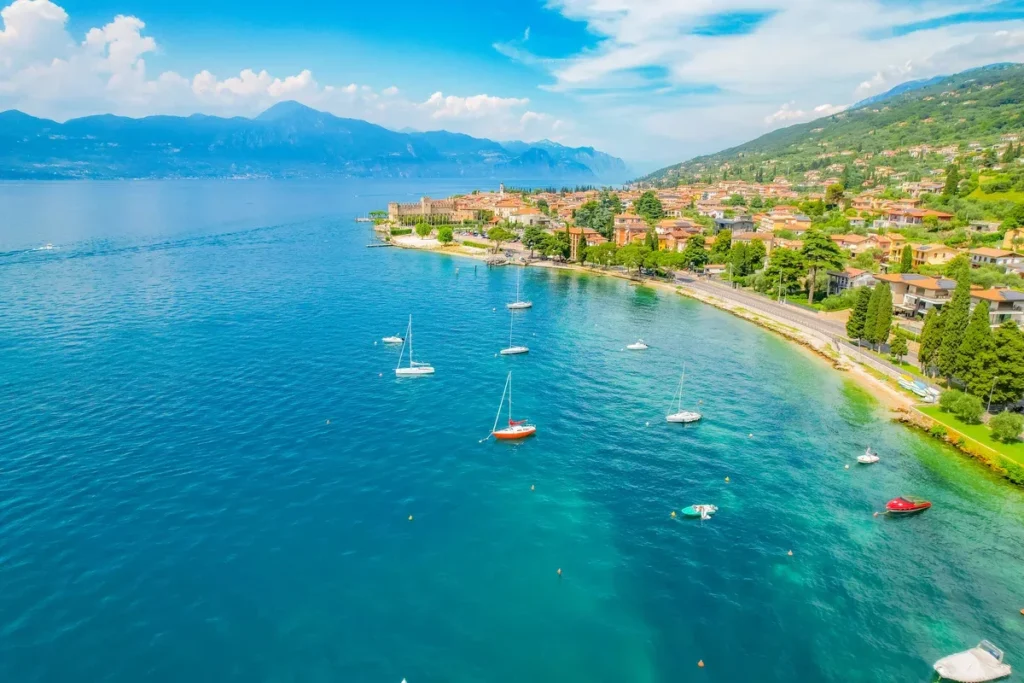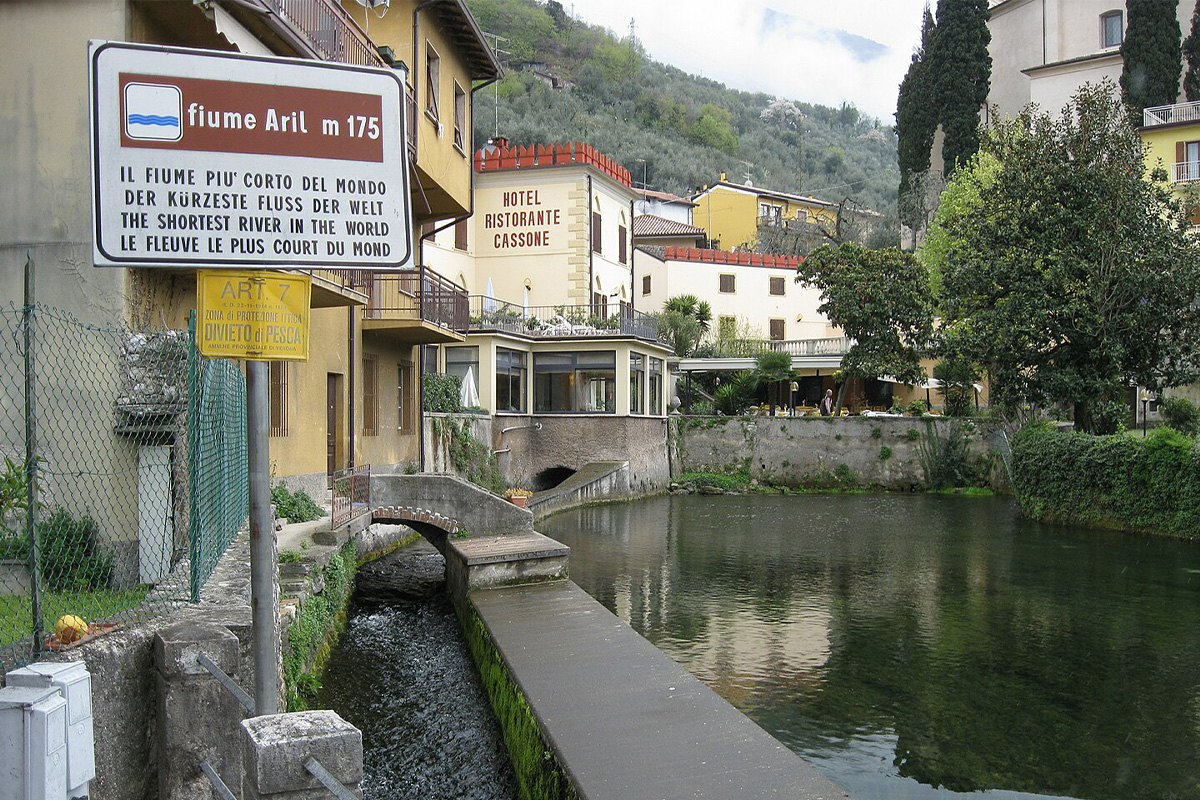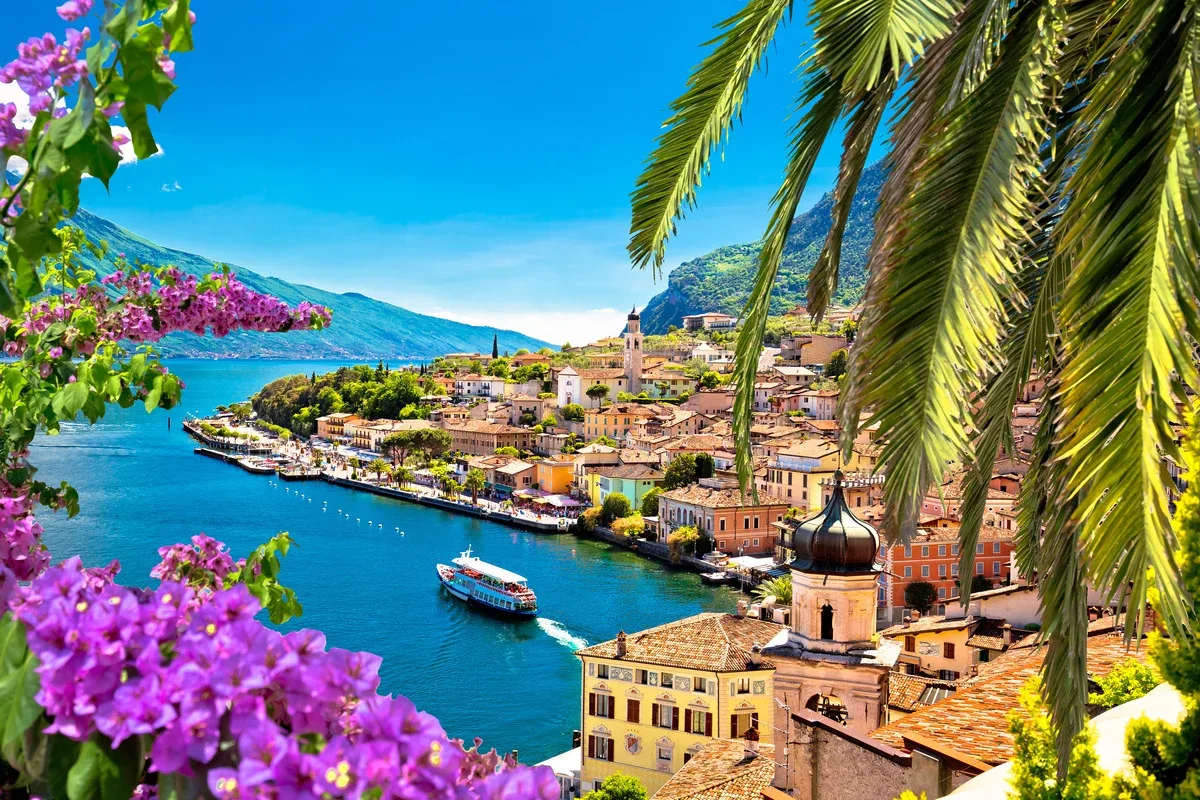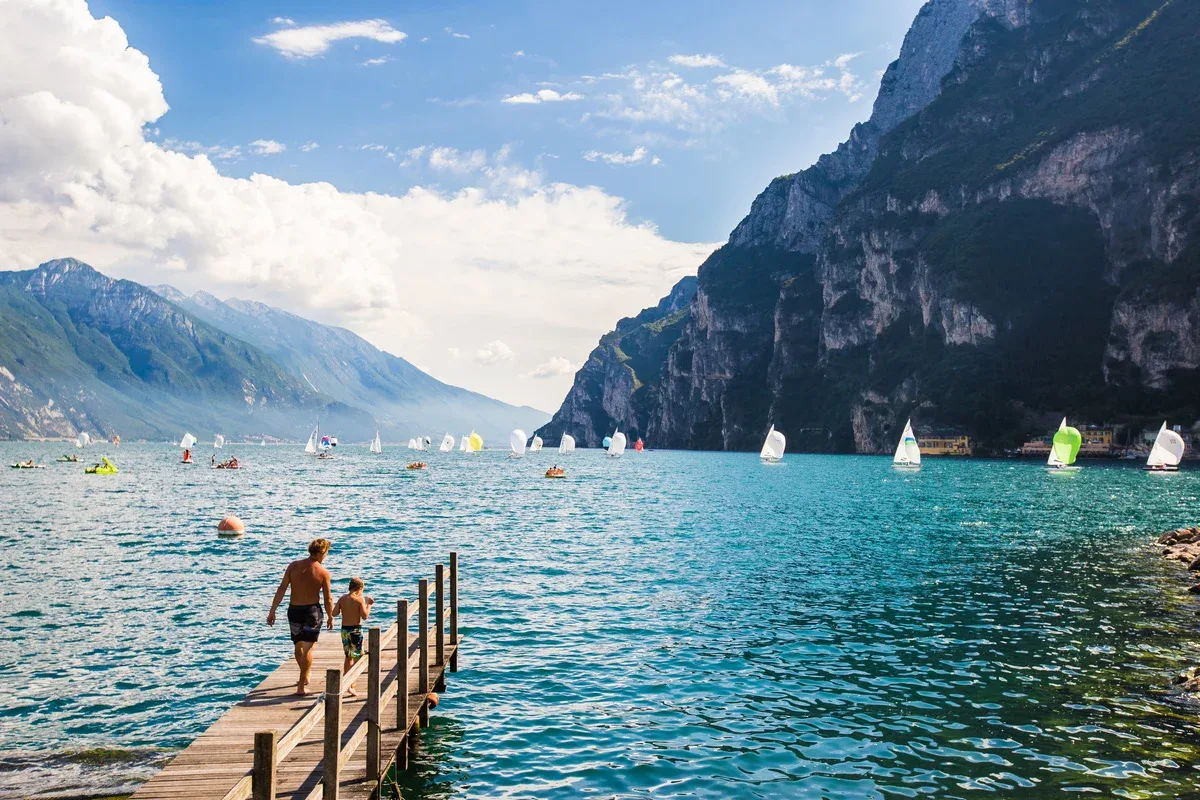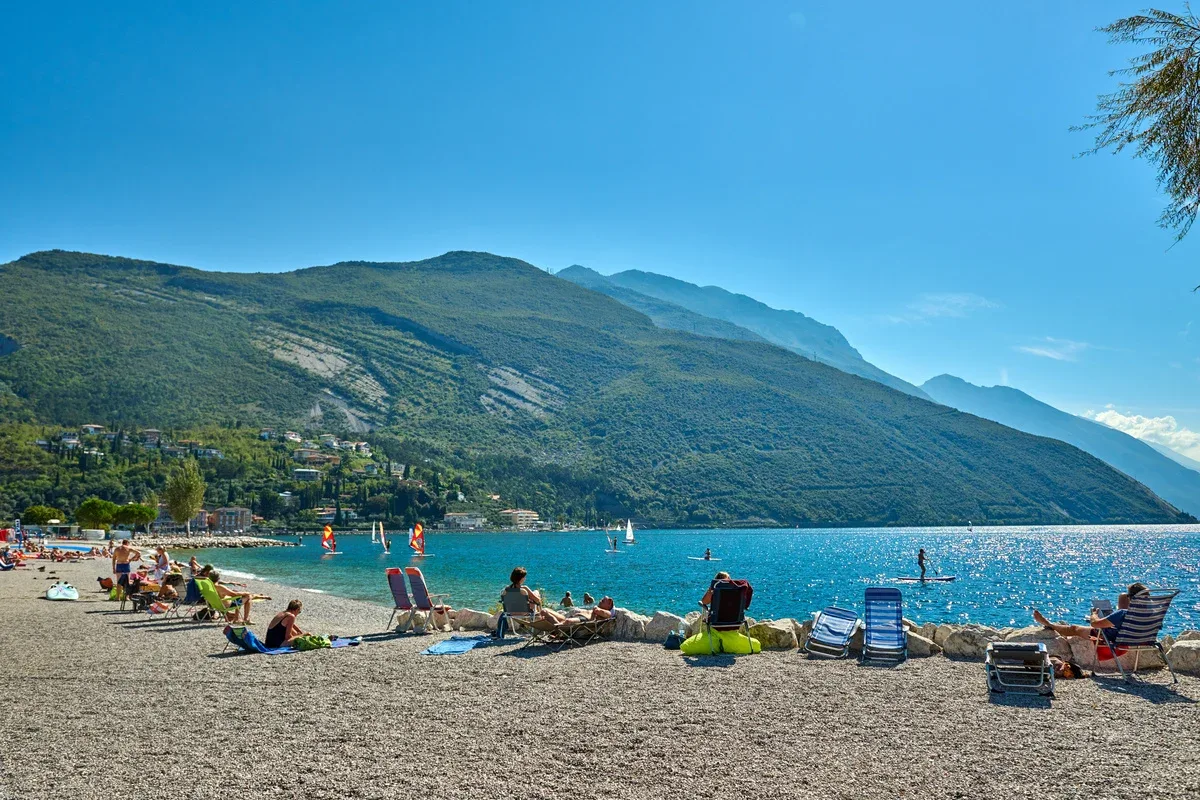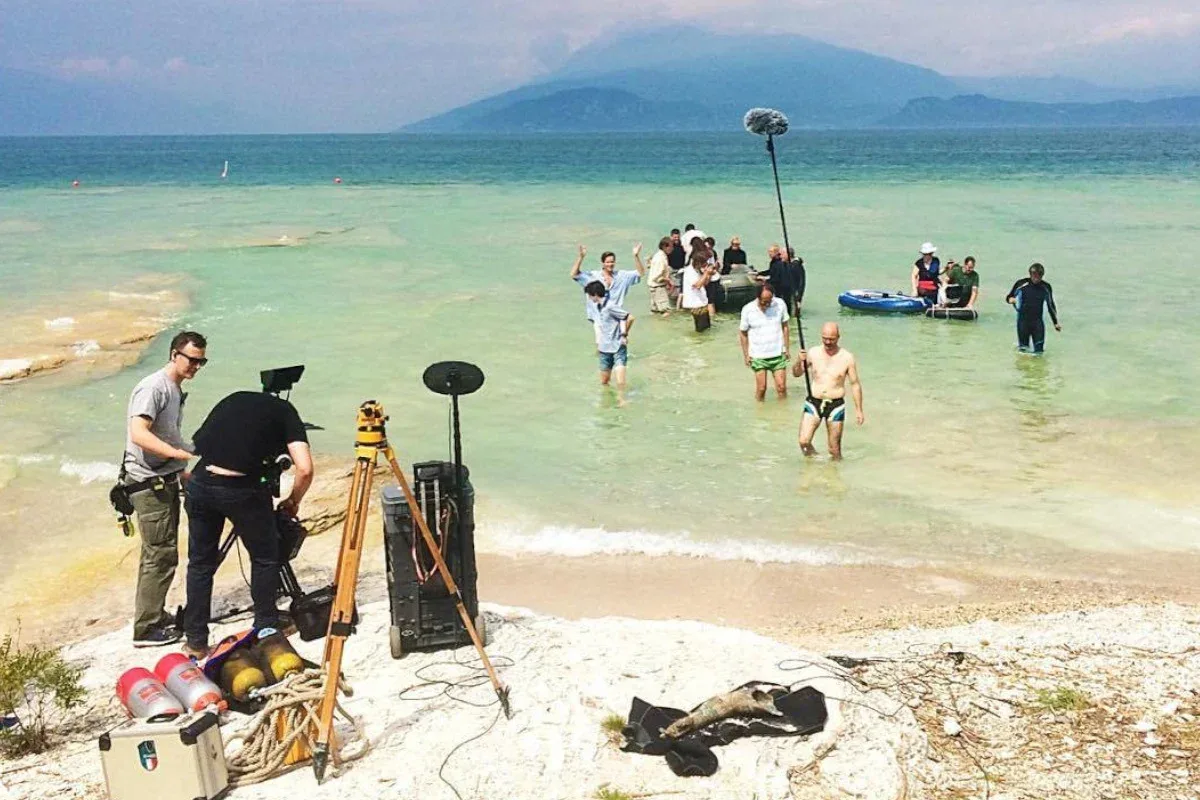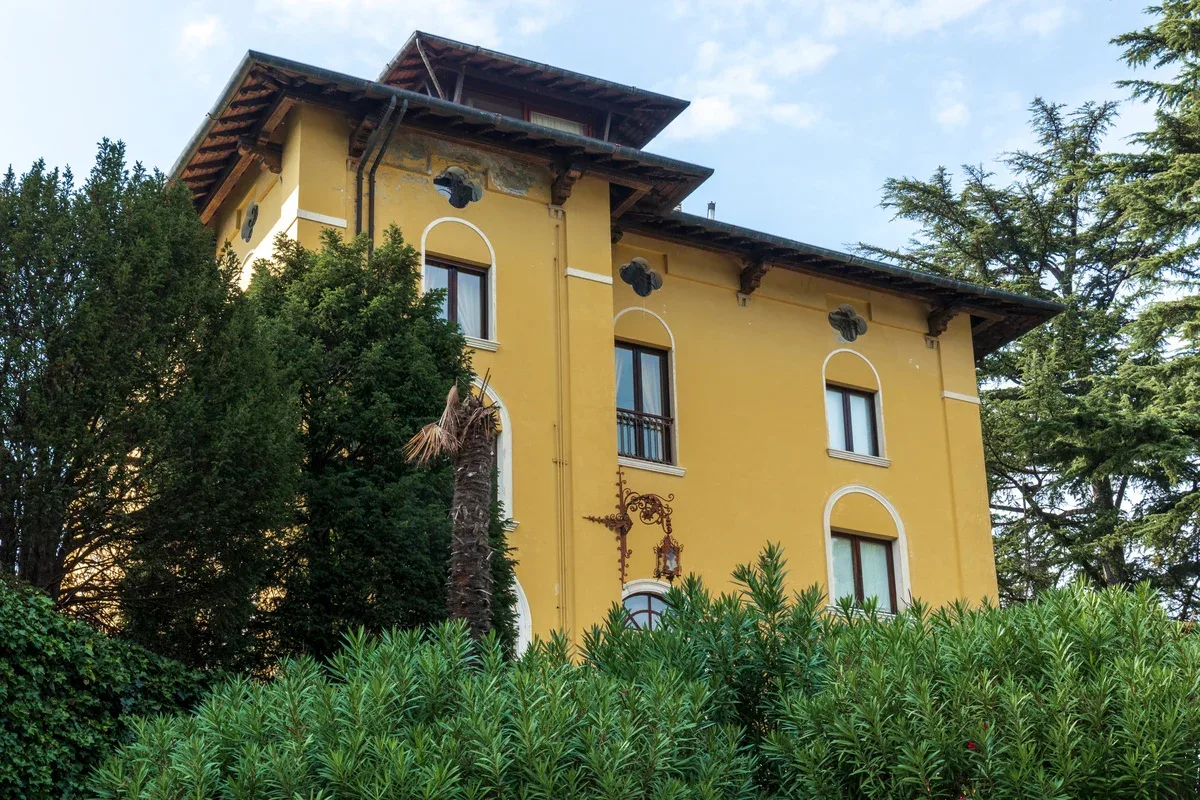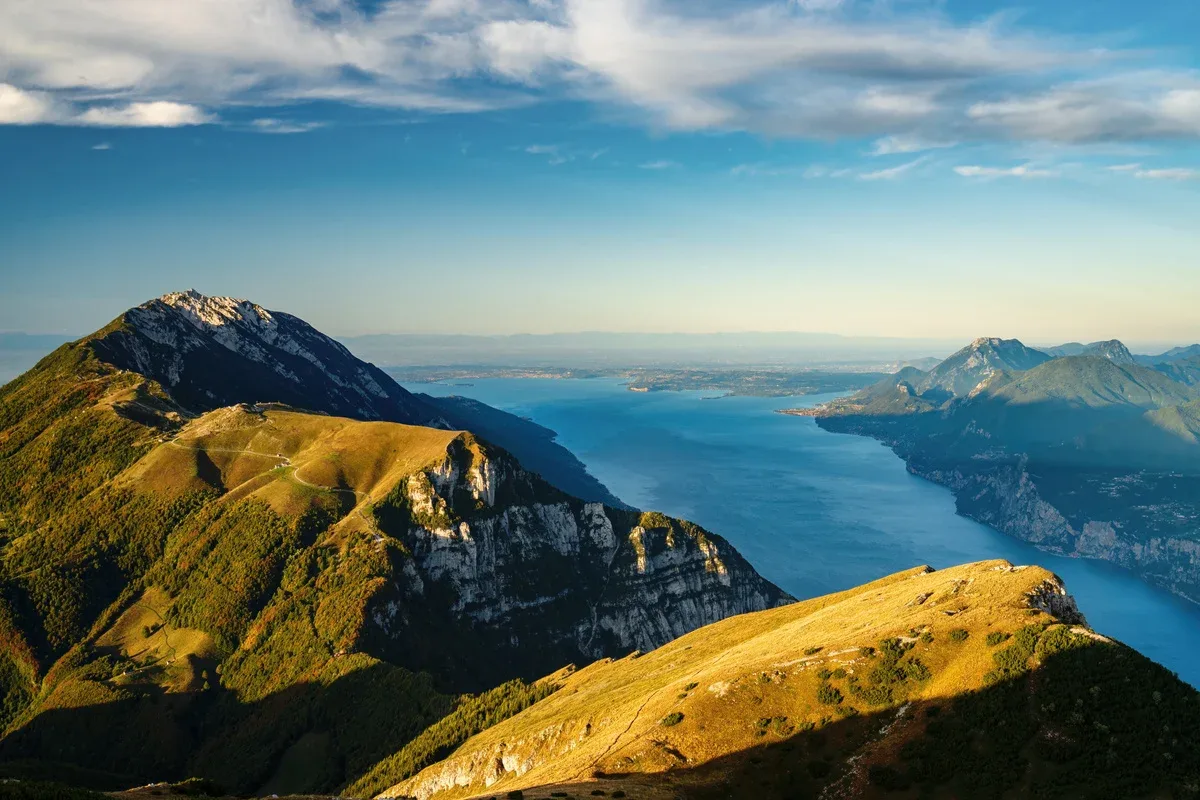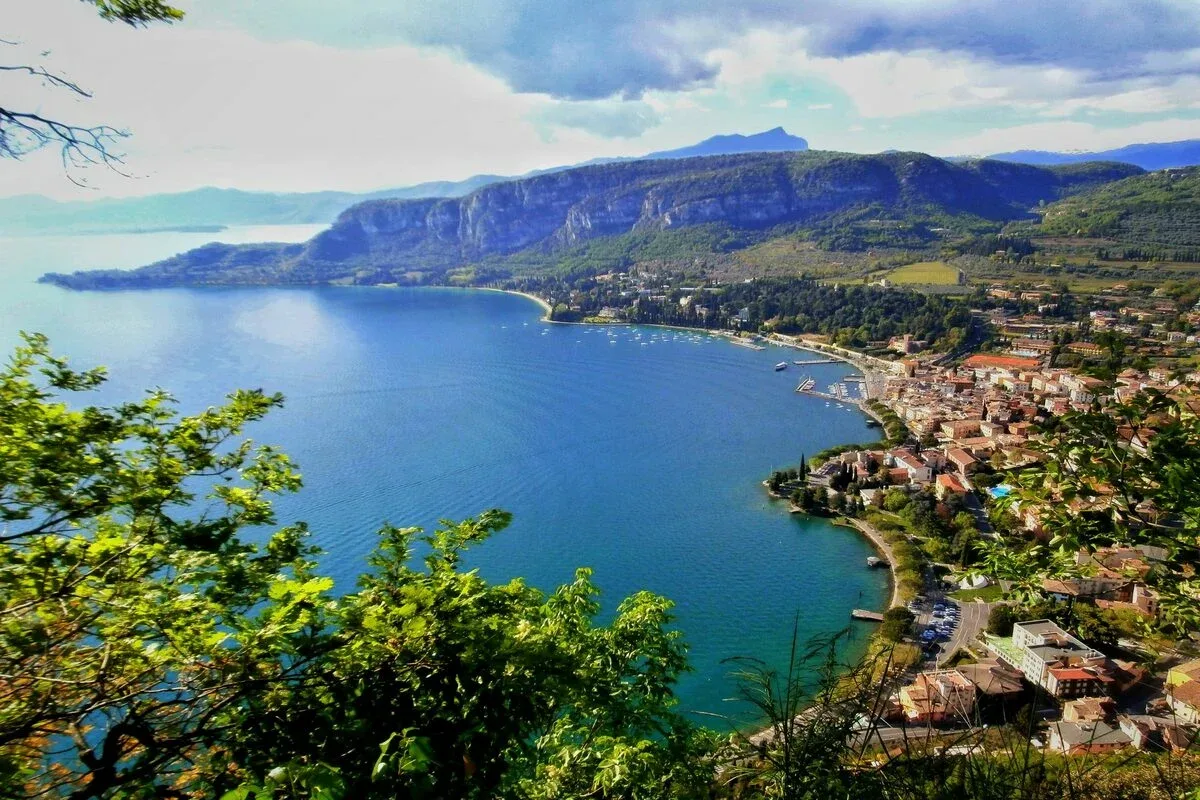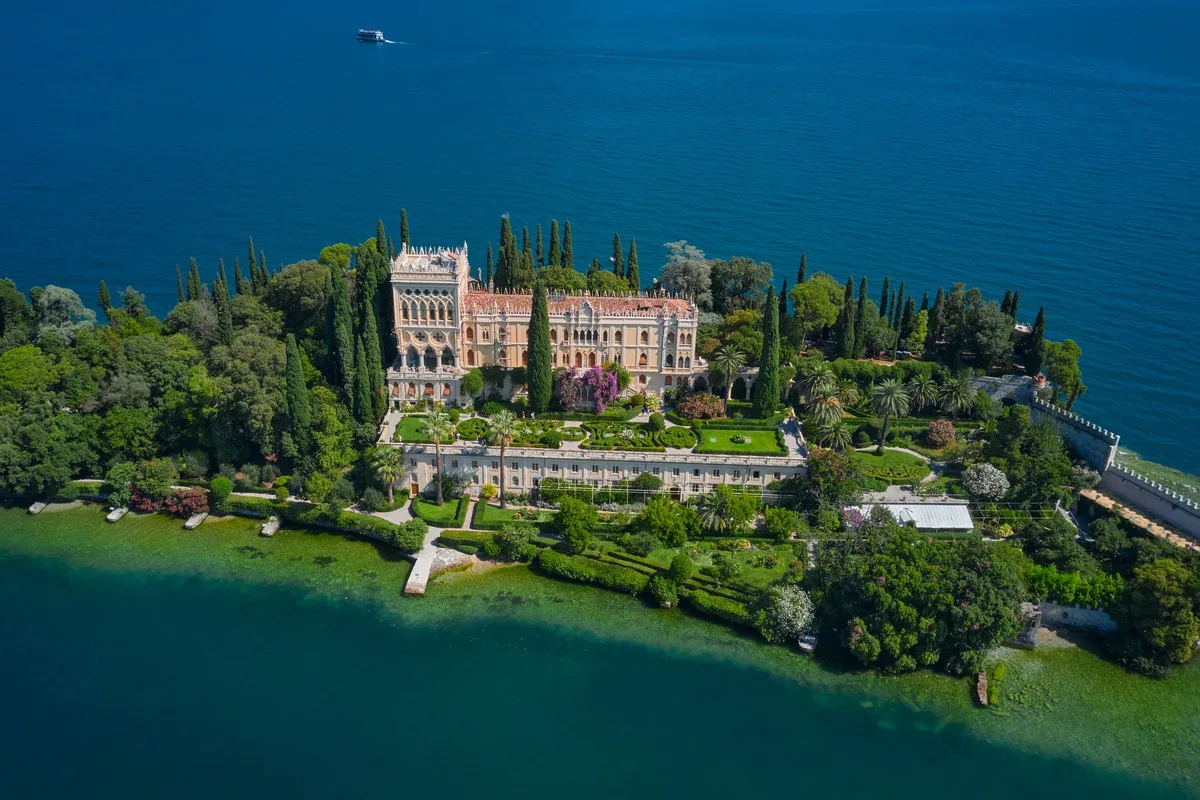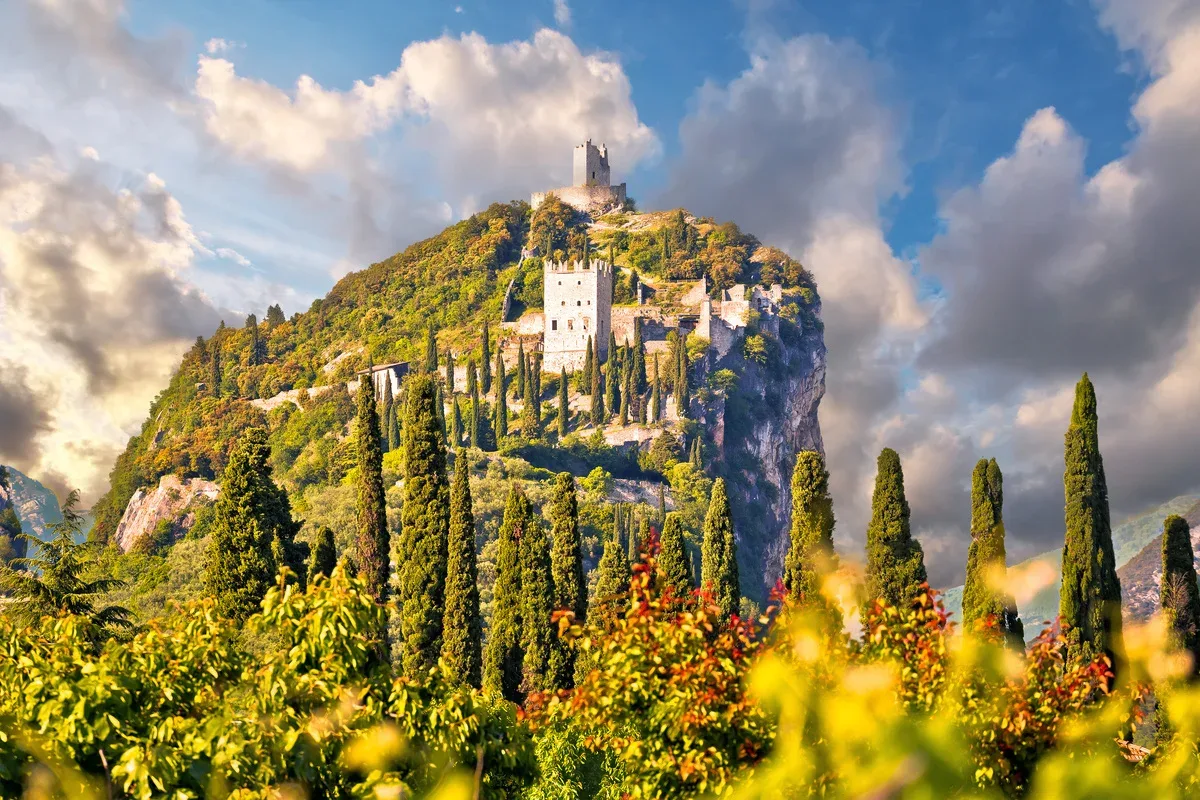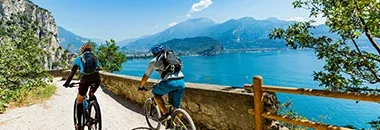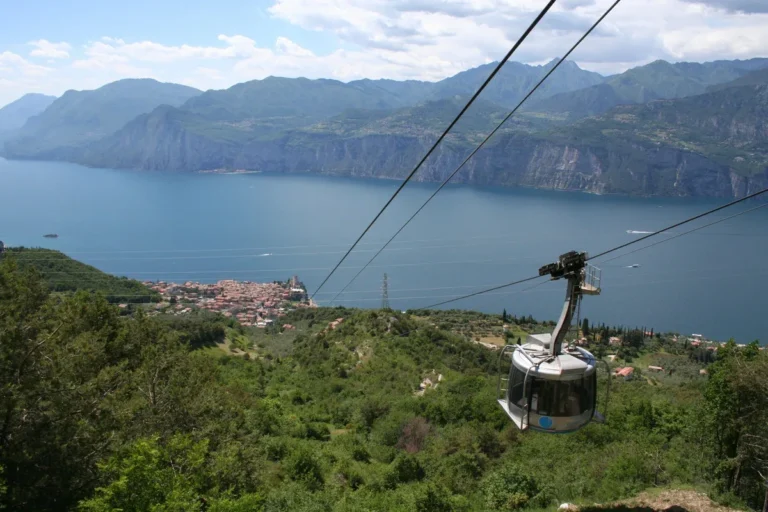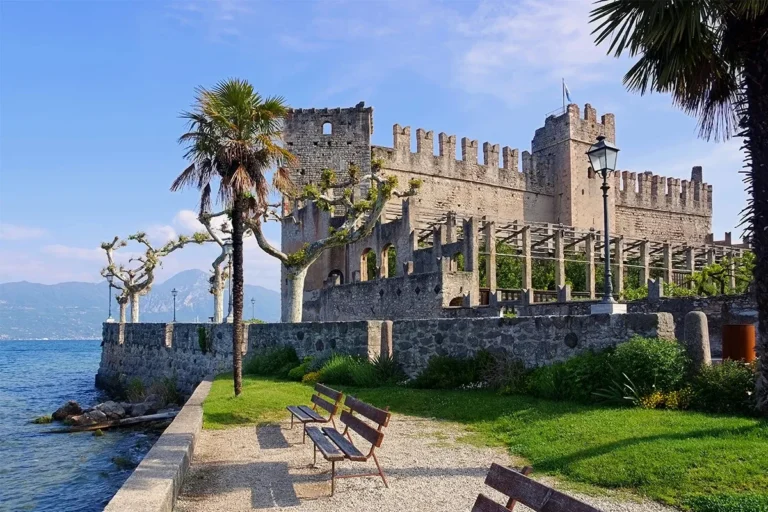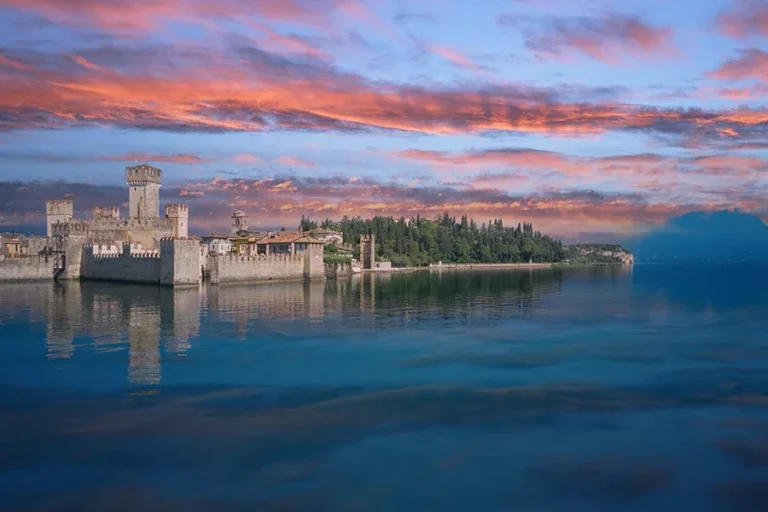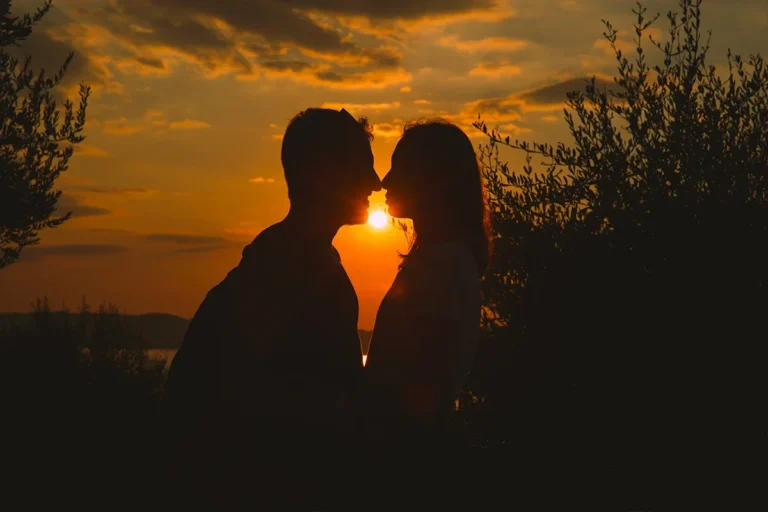Lake Garda, with its astonishing landscapes, mild climate, and rich history steeped in traditions and legends, has been a timeless inspiration for artists, writers, and travelers alike. Long before the era of social media influencers, this Italian gem captivated the hearts of many prominent figures who helped immortalize its beauty in the eyes of the world.
Among the most famous of these visitors was Johann Wolfgang von Goethe, the celebrated German writer, poet, and thinker. His visit to Lake Garda in 1786 marked one of the most significant moments in the lake’s history, leaving behind vivid descriptions and personal anecdotes that still resonate today.
Goethe’s journey to Italy was a deeply personal quest for inspiration, cultural immersion, and artistic growth. In his seminal work “Italian Journey“, Goethe documented his travels with a keen eye for detail, capturing the stunning vistas and the nuances of local life. His encounters at Lake Garda, particularly in the towns of Torbole, Malcesine, and Limone, are among the most cherished episodes of his Italian sojourn. These locations, though visited only briefly, left an indelible mark on the poet, inspiring him to create sketches and writings that celebrated the lake’s sublime beauty.
Goethe’s First Glimpse of Lake Garda
Goethe’s Italian journey began in 1786, under the alias of painter Jean Philippe Möller, a disguise meant to allow him a degree of anonymity. After traversing the Brenner Pass and arriving in northern Italy, he reached Torbole on September 12, 1786.
Torbole, with its dramatic cliffs and pleasant shoreline, was Goethe’s introduction to Lake Garda — a impressive spectacle that immediately captured his heart. In his journal, he vividly described the scene before him: “eine herrliche Natur Wirkung” (a magnificent natural spectacle).
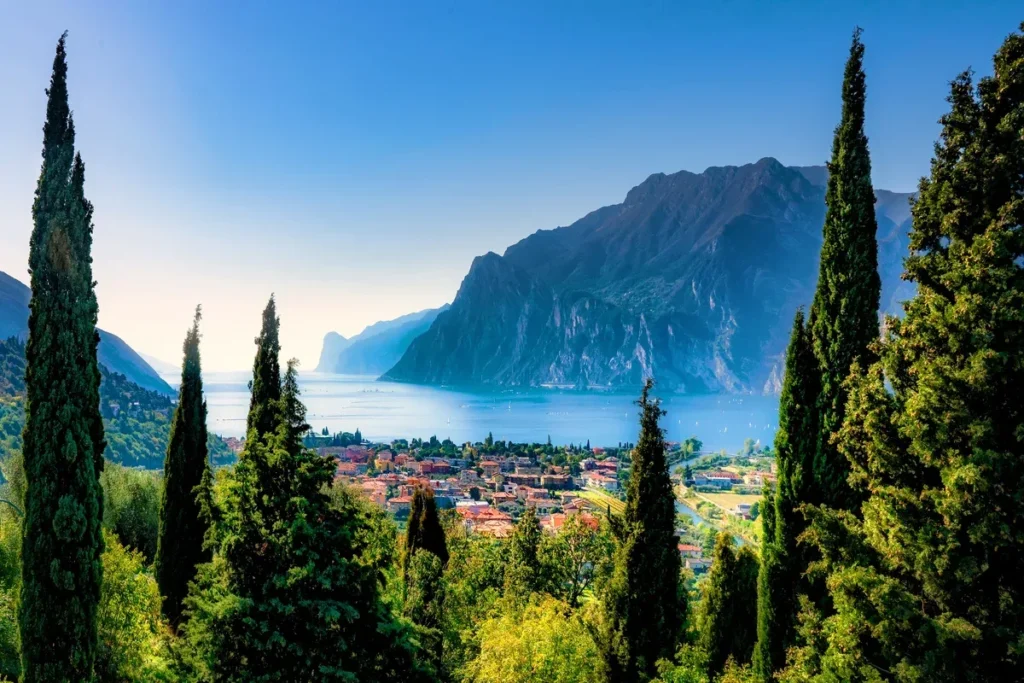
Goethe’s fascination with Lake Garda was immediate. The following day, he decided to explore the lake by boat, departing from Torbole with two rowers. The morning of September 13, 1786, greeted him with a clear, sunlit landscape that Goethe would later immortalize in his writings.
As he glided along the lake’s surface, he observed the uncommon interplay of rock formations, luxuriant vegetation, and the Mediterranean allure of citrus groves. The lake, lined with terraced gardens of lemon trees, reminded Goethe of a paradise unlike anything he had seen before. It was here that he found the inspiration for his famous verses in “Mignon’s Song” from Faust: “Do you know the land where the lemon trees bloom, / Where the golden oranges glow among dark leaves…”
Malcesine: Art, Intrigue, and Misunderstandings
Continuing his journey southward, Goethe’s boat arrived at the small town of Malcesine on the eastern shore of Lake Garda. The town, known for its medieval Scaliger Castle perched dramatically above the water, immediately struck Goethe as a place of profound beauty. Overwhelmed by the scenery, he took out his sketchbook to capture the view of the castle – a moment that would lead to one of the most peculiar incidents of his Italian tour.
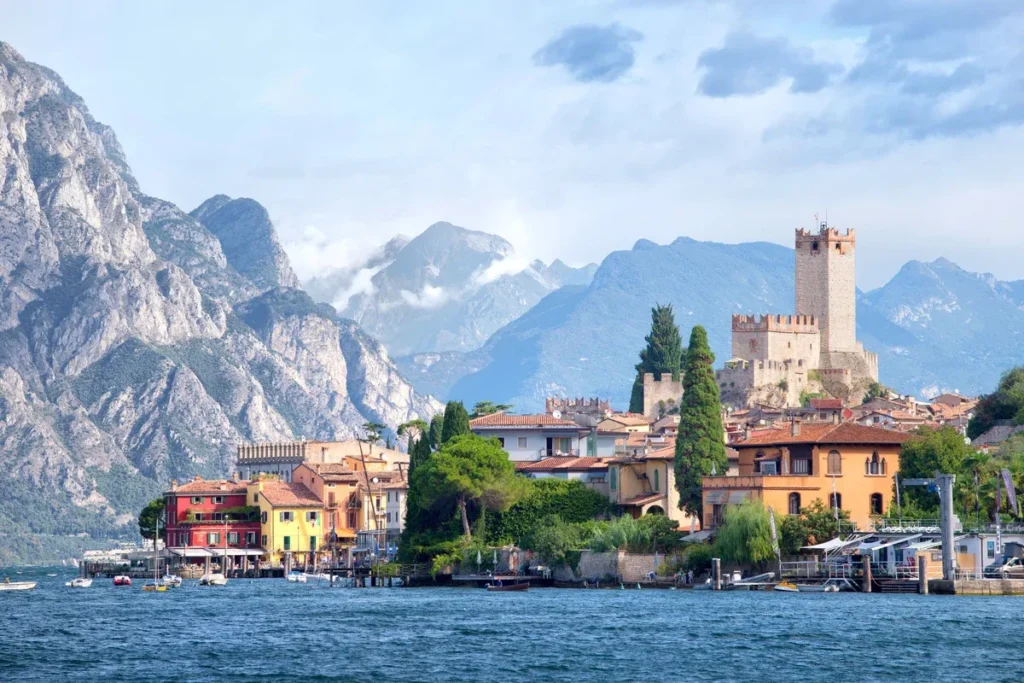
As Goethe sat sketching, he was suddenly surrounded by a group of suspicious locals. Mistaking him for a foreign spy, the townspeople accused him of gathering strategic information about the region. Despite Goethe’s protests and his attempts to explain that he was merely an artist capturing the landscape, the situation escalated. His drawing was torn to pieces, and he was subjected to a lengthy interrogation. Only after convincing the local authorities of his innocence was Goethe allowed to continue his travels.
In his writings, he recounted this incident with both frustration and humor, reflecting on how a simple artistic endeavor could be misinterpreted in a land where suspicion ran high. Despite the misunderstanding, Goethe’s admiration for Malcesine and its castle remained undiminished. He noted the local architecture, the blend of nature and history, and the resilient spirit of its people — qualities that have continued to attract artists and writers to this day.
The Fascination with Limone’s Terraced Gardens
As Goethe’s boat journey continued, he passed by Limone, a quaint village famous for its terraced lemon groves. These gardens, which clung to the rocky slopes in a series of stone terraces, were unlike anything Goethe had seen before. The ingenious design allowed for the cultivation of lemons far north of their usual Mediterranean habitat, with protective walls that shielded the trees from the harsh winter winds. This innovative agricultural feat left a lasting impression on the writer, who marveled at the sight of golden citrus fruits thriving amidst the rugged landscape.
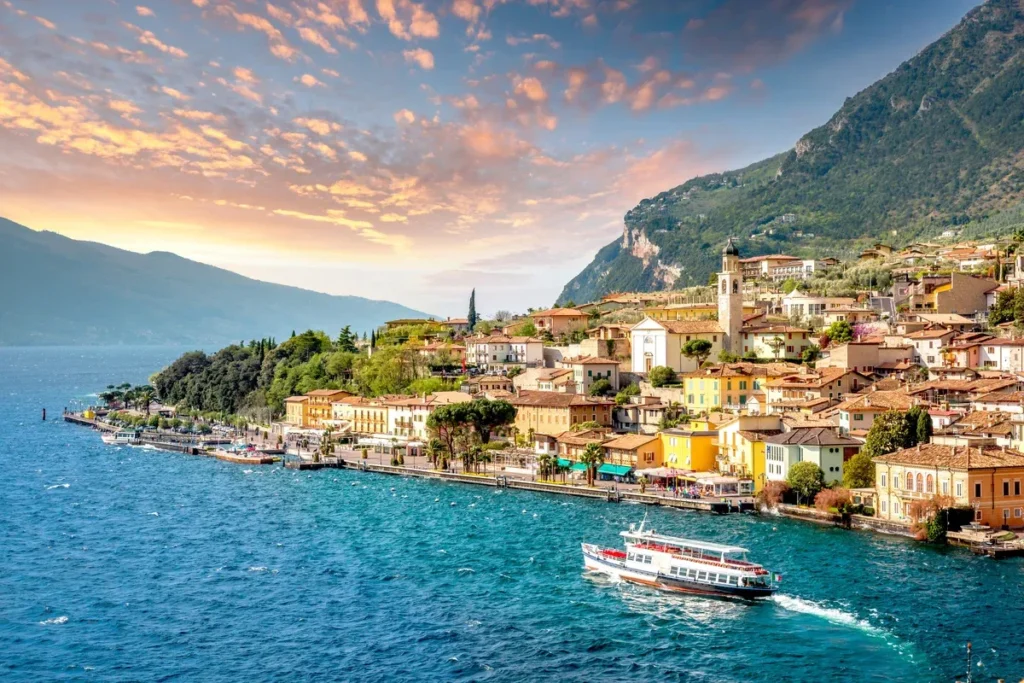
The image of Limone’s gardens would stay with Goethe, symbolizing the delicate balance between human ingenuity and the raw power of nature. His writings about the terraced groves captured the character of the region, blending the romantic with the practical, and painting a picture of a place where life was sustained through both natural beauty and human effort.
The Unexpected Wind and the “Ora” of Lake Garda
During his time on Lake Garda, Goethe became fascinated by the lake’s natural elements, particularly the winds that played a crucial role in shaping the local climate and daily life. He carefully observed the winds’ patterns, noting how the breeze would blow from the north during the night and reverse direction in the early morning, sweeping southward. This daily rhythm of winds, known locally as the “Ora” became one of the many natural phenomena that Goethe recorded in his travel diaries.
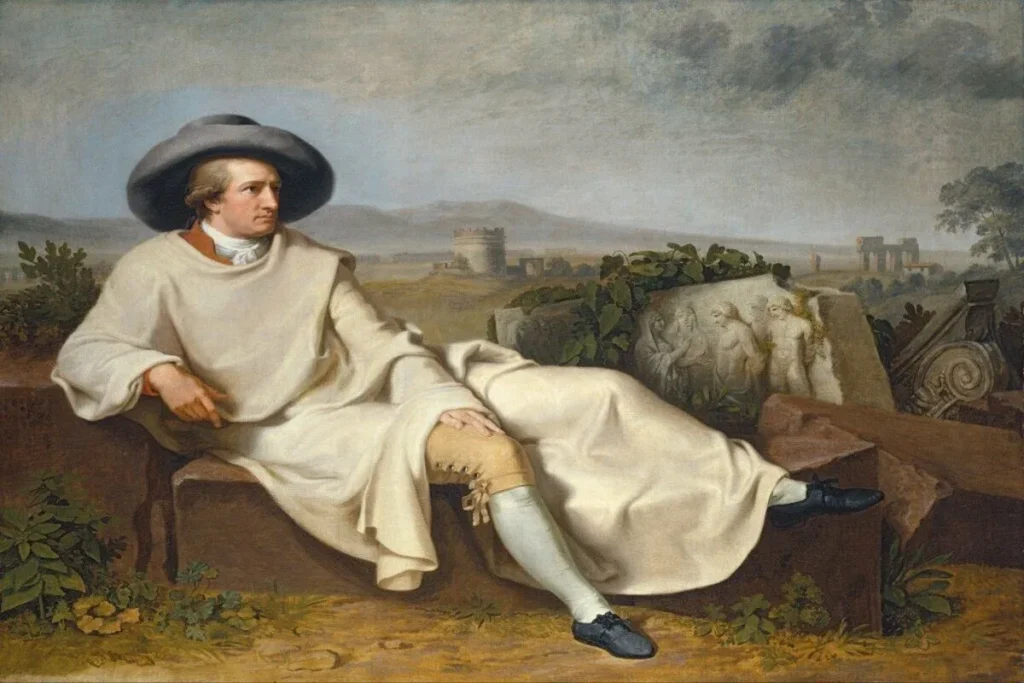
While sailing towards Malcesine, Goethe experienced the full force of the Ora firsthand. What began as a calm journey quickly turned perilous as the wind intensified, driving Goethe’s boat off course. This unexpected encounter with the lake’s powerful weather highlighted the unpredictable and sometimes dangerous nature of Lake Garda — an aspect he found both thrilling and awe-inspiring!
Goethe’s Influence on Lake Garda’s Popularity
Goethe’s vivid descriptions of Lake Garda, filled with personal reflections and detailed observations, played a significant role in bringing the lake into the European cultural spotlight. Before Goethe’s visit, Lake Garda was relatively unknown among international travelers, often overshadowed by more prominent Italian destinations like Rome, Venice, and Florence. However, the writer’s accounts, published in his widely read Italian Journey, helped establish Lake Garda as a place of sublime beauty, worthy of exploration.
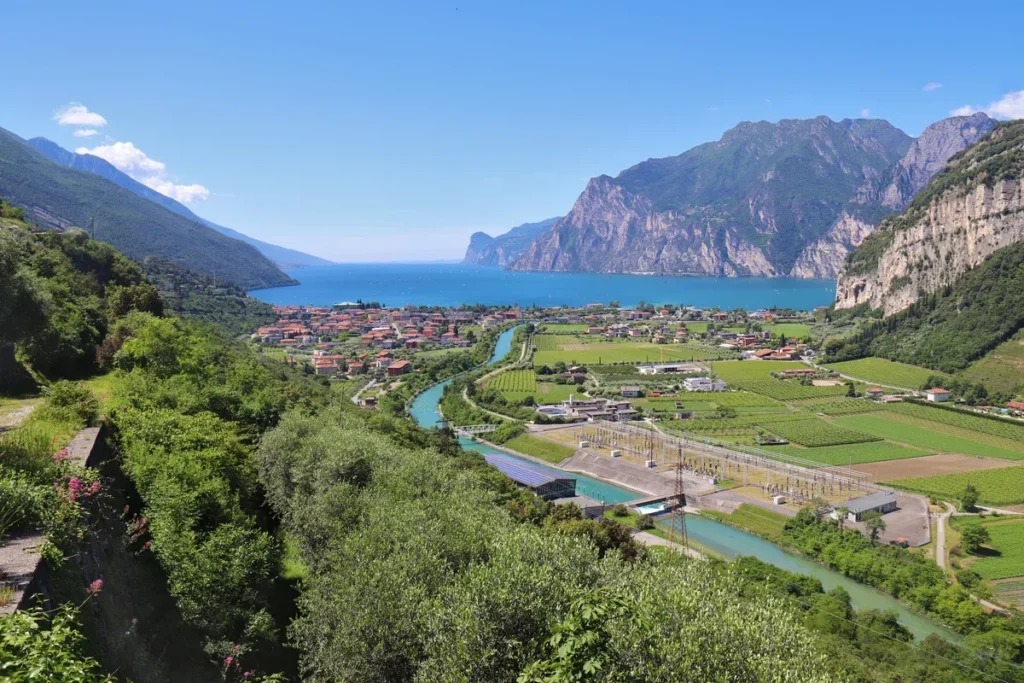
Goethe’s portrayal of Lake Garda as a harmonious blend of Alpine and Mediterranean landscapes, coupled with his poetic reflections on its natural wonders, captured the imagination of readers across Europe.
His writings inspired his contemporaries and set the stage for a wave of cultural tourism that would follow in the 19th and 20th centuries. Prominent figures like Thomas Mann, Franz Kafka, and André Gide would later visit Lake Garda, drawn by the same allure that had captivated the German thinker.
Goethe’s brief but impactful stay at Lake Garda was a turning point that helped redefine the lake’s cultural significance. By framing Lake Garda as a place where nature, art, and history converge, he offered a new narrative that resonated with a generation of artists, writers, and thinkers. His experiences along the lake’s shores exemplified the Romantic spirit of discovery and the quest for beauty that characterized the era.
Today, Lake Garda continues to honor Goethe’s legacy. The poet’s journey is commemorated in various ways, from the scenic pathways that retrace his steps to the literary festivals that celebrate his contributions. The towns of Torbole, Malcesine, and Limone, each with their unique charm, remain vibrant reminders of the time when Goethe’s pen and pencil captured their essence for the world to see.












